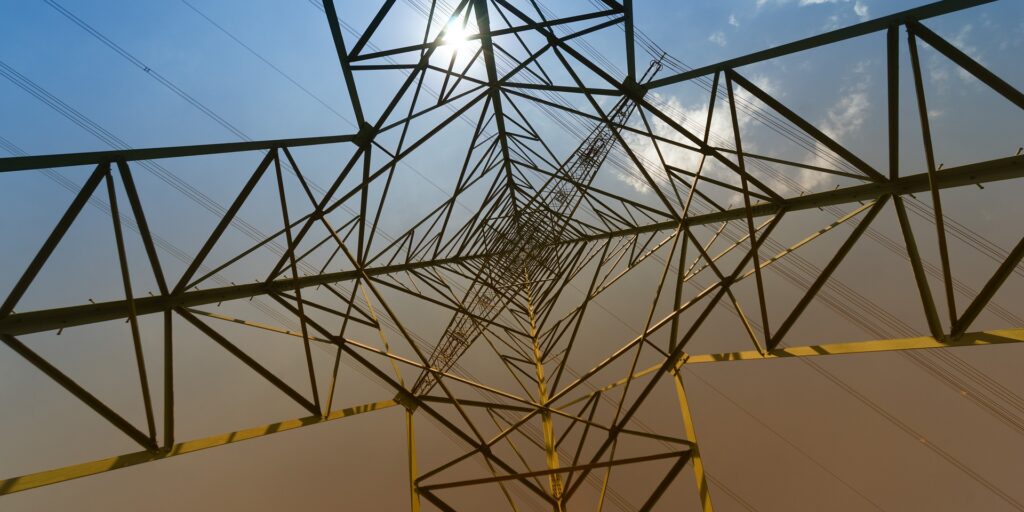Department of Energy announces $1.3B to increase electrical grid transmission capacity
To reach a carbon-free economy by 2050, the nation’s energy grid transmission capacity needs to be expanded—and quickly, as advancements like electric vehicles become more popular and technology like electric vehicles advances, according to a new study published Monday by the Department of Energy. Supporting these goals, the energy department simultaneously announced a commitment of up to $1.3 billion to construct three transmission lines, spanning six states.
The allotment, which is available through the Bipartisan Infracture Law’s Transmission Facilitation Program, is intended to add 3.5 gigawatts of capacity to the grid, powering an estimated 3 million more homes. A cornerstone of the push toward decarbonization is cleaner, cheaper power, according to a statement about the initiative.
“To realize the full benefit of the nation’s goal of 100% clean electricity by 2035, we need to more than double our grid capacity and President Biden’s Investing in America agenda puts us in position to do just that,” said U.S. Secretary of Energy Jennifer Granholm in a statement. “This historic effort to strengthen the nation’s transmission will drive down costs for American families and deliver thousands of good paying jobs for American workers—helping communities keep the lights on in the face of climate change-induced extreme weather events.”
The publication, titled the final National Transmission Needs Study, analyzes and identifies critical grid needs. It estimates that, by 2035, the grid needs to more than double its regional transmission capacity, and expand transmission between regions by at least fivefold, according to the statement. The study analyzes existing grid infrastructure and provides recommendations for areas that would benefit from more transmission.
Specifically, it finds that while there’s a “pressing need” for increased transmission capacity throughout the United States, there’s a particular need in regions with historically high levels of within-region congestion, like the northwest, the mountain region, Texas, and New York. Other areas, like those with unscheduled flows—California, the northwest and southwest regions, and the mountain region—need “strategically placed” capacity to reduce acute congestion and increase resilience.
Transmission across different regions is another aspect of the grid that needs to be focused on, according to the study. As extreme weather becomes more of a challenge, the ability to move power from regions that have a lot of it to where it’s needed is increasingly necessary. The transition to clean energy and the increasing prevalence of modern technologies is likewise driving demand for energy transmission capacity.
“These regional and interregional transmission needs increase significantly to achieve economy-wide decarbonization by 2050,” the statement continues, noting the announcements “represent financial and planning elements of DOE’s three-pronged approach to expanding and modernizing critical electric infrastructure: enhancing transmission planning, strengthening permitting processes, and providing financial tools to support deployment.”
Three transmission lines will be built with the $1.3 billion, crossing Nevada and Utah, Arizona and New Mexico, and New Hampshire and Vermont. Projects were selected based on future capacity requirements projected in the needs study.
The first, the Cross-Tie, is a proposed 214-mile, 1,500 megawatt transmission line that connects existing transmission systems in Utah and Nevada, increasing transmission capacity and resilience in both regions. The second, the Southline Transmission Project, is a proposed 125-mile-lone transmission line connecting Hidalgo County, N.M. to Pima County, Ariz. It’s being built to support renewable energy development in southern New Mexico. The third, Twin States Clean Energy Link, is a proposed 1,200 megawatt high-voltage line that’s expected to expand capacity in New England.
The Department of Energy expects to release a second round of funding in the first half of next year. The funding will follow a requests for proposals that could include a combination of public-private partnerships, loans, and capacity contracts, totaling up to $1 billion.



















